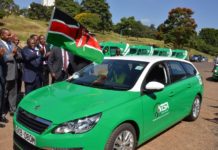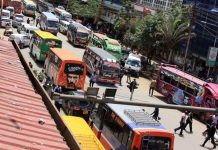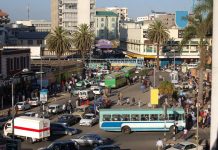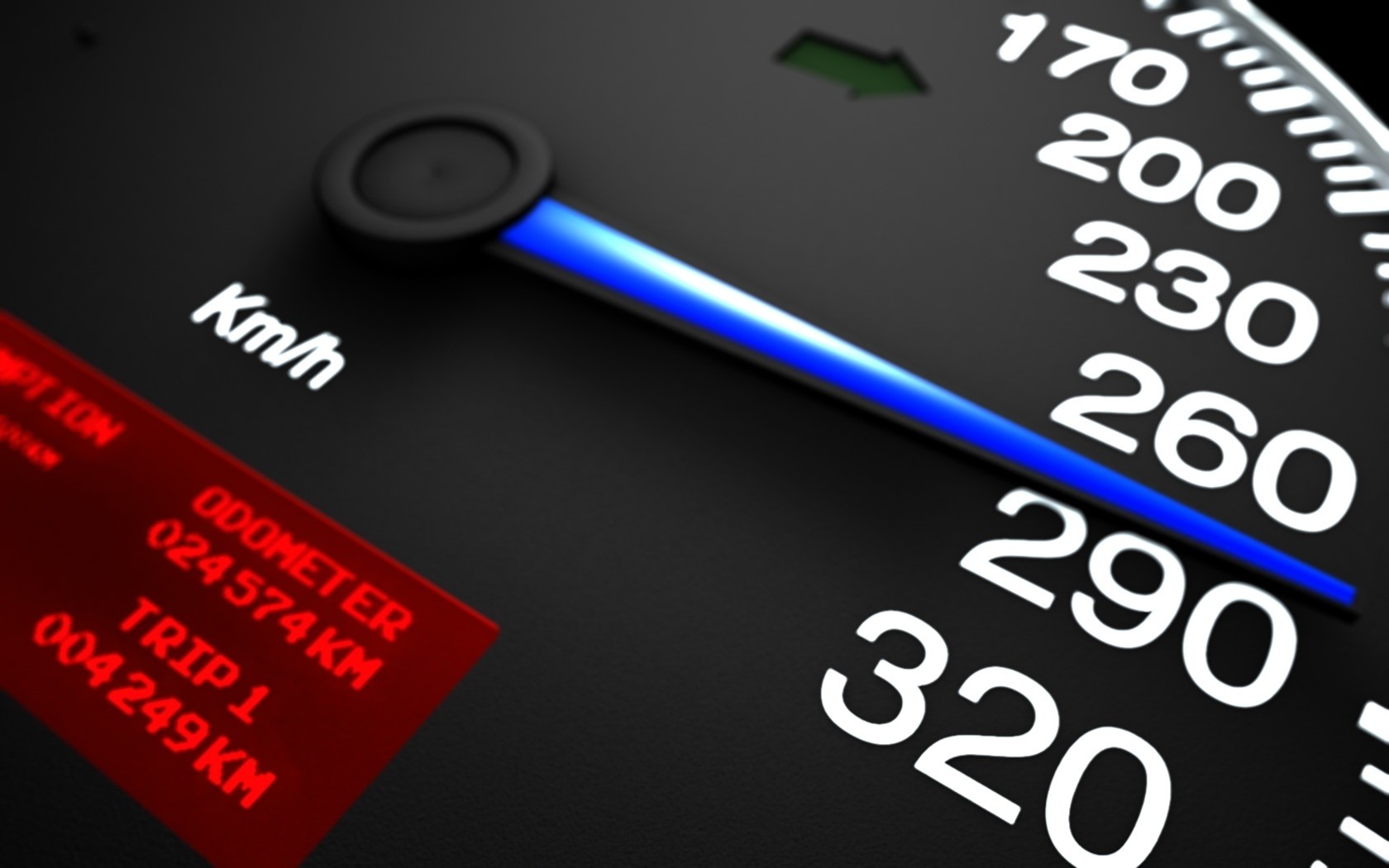Focus on these 12 simple steps to save money on petrol and you’ll free up your cash for other things. It works for diesel too
Buying the cheapest petrol and diesel is the easiest way to cut your fuel costs, but there are other things you can do to get the most mileage out of your tank.
The worst mileage a vehicle can get is 0 mpg, which occurs when it idles. Idling for long periods of time, whether at a railroad crossing or pulling off the road to make a cell phone call, consumes gas that could be saved by simply turning off the engine. Restarting an engine uses about the same amount of gas as idling for 30 seconds. When idling for longer periods of time, shut off the engine.
However, turning off the engine may disable vehicle functions, including safety features like airbags. Drivers should be certain to only utilize this strategy in situations where there is no possibility of collision. Here are 12 simple fuel saving tips:
1. Make Fewer Trips
Did you know that when you drive a car that has been parked for a few hours, the engine is cold and it uses much more fuel for the first five miles or so? Ideally you’d combine all your daily errands into one big trip. Often that’s not possible if you have to pop out during the day to drop off and collect the family, but try not to go out separately to do the supermarket shop or buy a newspaper.
2. Avoid Rush Hour At All Costs
There are few worse places to spend your time than stuck in a traffic jam, but it’s also a very expensive way of travelling. Every time that you stop and start in traffic, your car needs first gear and a huge amount of fuel to get moving again. Second gear is not much better. The best solution is to not travel during the rush hour. You can also save some fuel by trying to understand what the traffic is doing in front of you, and travelling steadily at a slow speed, rather than accelerating and braking. If you have to travel in rush hour a lot, then you could consider buying a hybrid car, which uses much less fuel in town than a normal petrol or diesel.
3. Close the windows (and sunroof, if you’ve got one)
It’s not so much of a problem when you’re driving in town (see above), but when you’re out of town or on the motorway and moving more quickly, the shape of your car is very important. Car designers call it aerodynamics and make lots of effort to reduce the ‘drag’ and make the car as sleek as possible. Anything that makes wind noise as your car goes along is actually making your car more expensive to run. You can’t do much about the design of your car, but you can avoid making it worse by not leaving the windows and sunroof open. It’s better to use the air vents for most of the year, and the air-conditioning when it gets too hot.
4. Avoid Aerodynamic Drag
This is just like leaving the windows open, but worse. Even if the roof rack is empty, it increases drag and makes your car use more fuel, while a big ski box is like having another car strapped to your roof. The latest roof racks and ski boxes are quick and easy to fit and remove, so make the effort to stow them away when you’re not using them.
5. Lose Some Weight
Just like your body, your car needs more fuel to move around more weight. So, just as you wouldn’t wear a heavy rucksack unless you had to, don’t cart stuff around in the boot of your car unless you need it. Ironically, the heavier the item (the usual culprits are golf clubs and trolleys), the less likely you are to bother taking it out of the boot and the greater the effect it will have on your fuel consumption.
6. Accelerate Smoothly, & Easy On The Brakes
The perfect way to travel is at a constant speed (ideally around 60 Km/h), and in the highest gear (five or six). So if you’re a patient driver, you’ll have lower fuel bills - it’s as simple as that. It’s unrealistic to avoid overtaking, but there’s little point accelerating past a car to simply be in front of it at the next set of lights - any instant gratification will appear on your fuel bill the next time you fill up.
7. Don’t Push The Accelerator Down Too Far
This one always surprises people. It’s not just to do with what gear you’re in. You may be in a high gear and travelling at a sensible speed, but if you’re pushing the accelerator down a long way to avoid changing into a lower gear (into third from fourth, for example), then you’re actually using more fuel not less. Obviously, if your car has an automatic gearbox (you’ll know if it does), then it will probably do a better job than you of choosing which gear to be in, so it’s not a problem.
8. Avoid Air-Conditioning
It’s tempting to leave the air-con on the whole year round. It stops the windows misting up in the winter and you don’t ever need to think about the temperature inside the car, but it uses quite a bit of fuel, so we’d advise you turn it off when it’s not hot (on most cars the button has a snowflake symbol).
9. Stick to the speed limit
Fuel economy normally peaks at a speed of 64-89 km/h while using your cars top gear. It can vary significantly between cars based on the gearing, engine, weight and drag, but after 100 Km/h it generally declines quite significantly.
If you ignored the law, you could shave a bit of time off your journey by travelling above the speed limit, particularly on long motorway trips. But, although you might arrive about 20 minutes early on a 200-kilometers trip by travelling at 100 Km/h instead of 120 Km/h, it’s also a false economy. While the car is running for 20 minutes less, it uses much more fuel when it is travelling. That 20 minutes could cost you up to Ksh. 1,000/- extra in fuel.
10. Check your tyre pressures regularly
The lower the tyre pressure, the more fuel the car needs to move it down the road. We recommend that you take five minutes every fortnight to check the tyres. If you’re not sure what the pressure should be, you can normally find the figures near the lock inside the driver’s door.
11. Service Your Car Regularly
Looking after your car will not only help improve fuel economy, it is also important for the safety and longevity of your vehicle. So always schedule appointments with your mechanic at the recommended intervals.
- Make sure you use the right engine oil - thicker oil is harder to pump and adds to horsepower loss
- Replace dirty engine air filters and dodgy spark plugs
- Get your wheel balancing and alignment done
- Ensure your Tires are correctly gauged, and if you own an SUV consider switching to tires with a more fuel-efficient highway tread
- Corroded battery cables cause the alternator to work harder (using more gas) so have them cleaned
- Inspect suspension and chassis parts for misalignment. Bent wheels, axles, worn shocks, and broken springs can contribute to drive-train drag, plus it’s not safe!
12. Service Your Car Regularly
Dirt or gravel can rob you of up to 30% of your fuel kilometerage. Every time the wheels bounce up and down, forward motion energy is removed from the vehicle. Also Bad roads keep you in those low gears with poor fuel economy. Where possible follow the path with the smoothest surface and accelerate to a reasonably fast speed.
Well, those are the tips. Do you already use one or more of the hacks? Has it been saving you fuel? Got more hacks we can add to the list? Try them out and let us know your results in the comments section.






![Top 20 Used Cars to Avoid Buying in Kenya – [PHOTOS]](https://kenyacarbazaar.com/blog/wp-content/uploads/2013/11/top-used-unreliable-cars-to-avoid2-356x220.jpg)



![Here are some of the best tuned cars in kenya by state of the art garages [PHOTOS]](https://kenyacarbazaar.com/blog/wp-content/uploads/2013/11/29402_10151301757042065_340470732_n-e1384498044289.jpg)


![Top 20 Used Cars to Avoid Buying in Kenya – [PHOTOS]](https://kenyacarbazaar.com/blog/wp-content/uploads/2013/11/top-used-unreliable-cars-to-avoid2-100x70.jpg)







Thanks for sharing these most helpful tips.